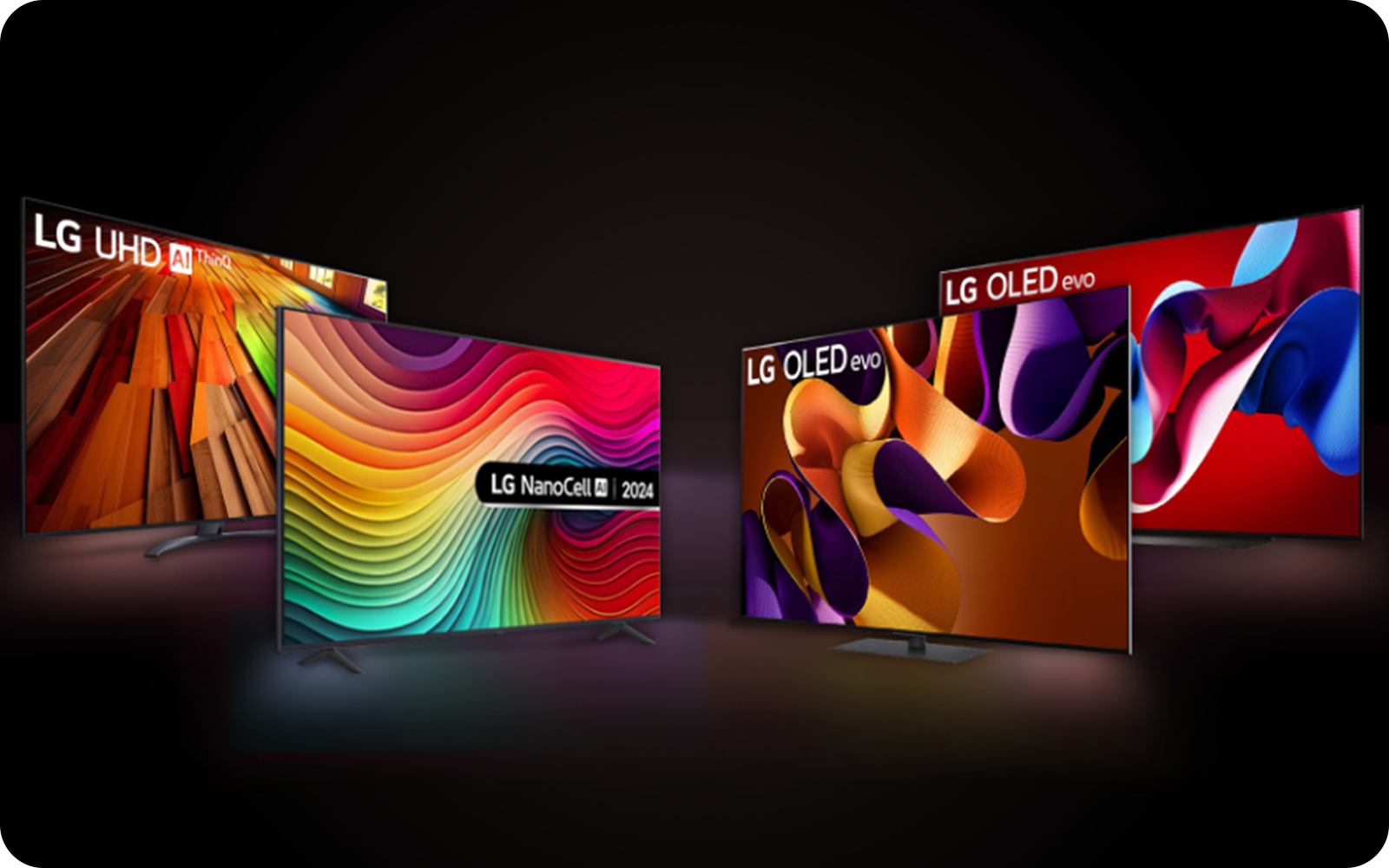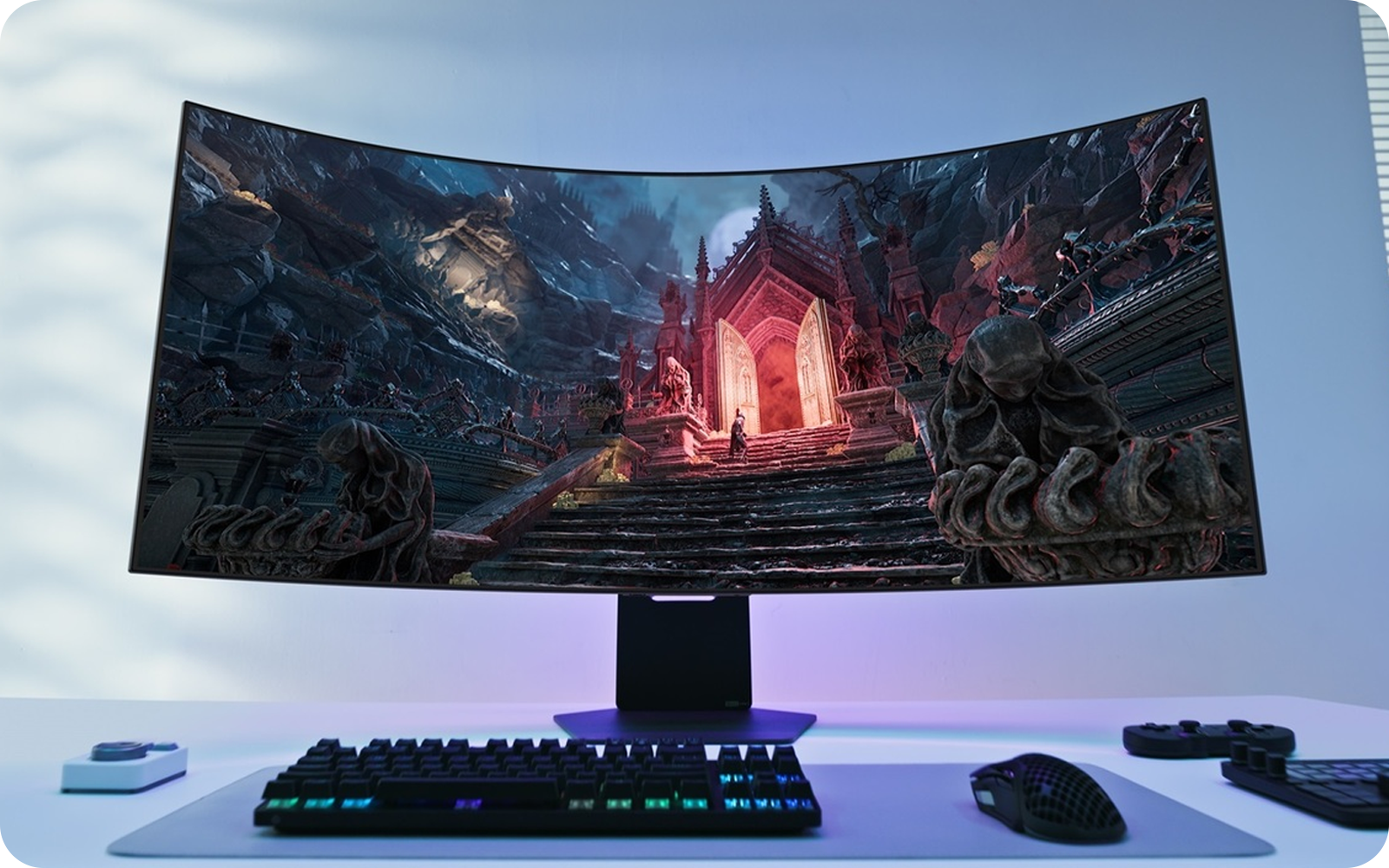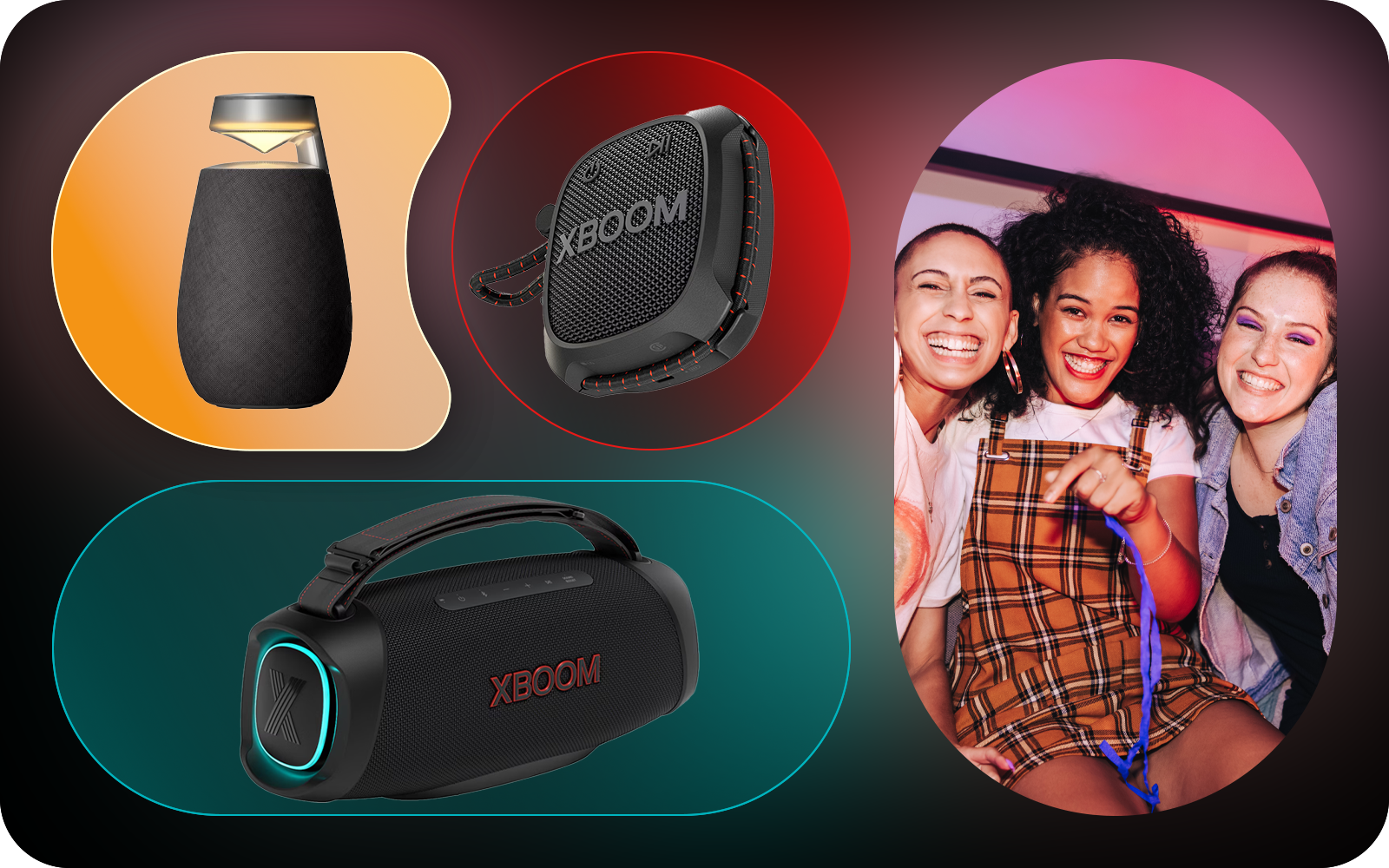We use cookies, including cookies from third parties, to enhance your user experience and the effectiveness of our marketing activities. These cookies are performance, analytics and advertising cookies, please see our Privacy and Cookie policy for further information. If you agree to all of our cookies select “Accept all” or select “Cookie Settings” to see which cookies we use and choose which ones you would like to accept.
LG LAB
What defines image quality?
Beyond display technologies such as LCD-LED or OLED, the image quality of a TV is based on 3 fundamental criteria: the quantity of pixels, the quality of the pixels, and the frequency of images per second.
The number of the pixels
The definition of an image represents the number of pixels contained per column and per line on a screen. The higher the number of pixels, the more detailed the image. The highest definition at present is the Ultra HD 4k, or 3840 x 2160 pixels.
The quality of the pixels
The luminance defines the luminous intensity on a given surface. It is expressed in candela per square meter (cd/m²). This is the black and white part of the signal, in contrast to the chrominance (signal displaying the colors). To provide an idea, on an LCD screen, the brightness of the screen is between 450 and 550 cd/m². Below this value, the image will be less clear in daylight. It is for this reason that LG has developed Ultra luminance technology, which delivers 30% more luminosity. It reduces brightness in dark areas and intensifies it in bright areas. Contrast is a ratio between the maximum white level and the maximum black level displayed by the TV. For example, a contrast ratio of 1000: 1 (this is the minimum contrast) means that the maximum level of "white" is 1000 times brighter than the most intense black. A higher ratio allows more nuances between these two measures. Viewing a more powerful contrast is possible with Dolby Vision technologies, which allow LEDs to generate more powerful light peaks.
The frame rate per second
To reproduce the impression of movement, the screen will display several successive images, which your brain will perceive as a continuous animation. The refresh rate measures the number of frames per second that the television is capable of displaying. The higher the number, the smoother the image. Its unit of measurement is Hertz: a TV 50 HZ means that it will display 50 frames per second.
LG TruMotion Technology
LG recently developed the TruMotion technology, which is integrated into the latest generation TV.
It consists of image processing that enables many visual benefits, such as the absence of blur or ghosting. There are several types of True Motion currently, varying according to the TVs:
- TruMotion 100 HZ: Each image is broadcast twice instead of once, which will double the number of frames per second. A 50 Hz source, instead of displaying 50 frames per second, will display 100.
- TruMotion 200HZ: Same characteristics as the 100 HZ but with an advantage: black images will be inserted between each image to prevent motion blur.
When it comes to picture quality, LG TV take it to a whole new level with tried and true technology; bringing the state-of-the-art sophistication right into your living room.




